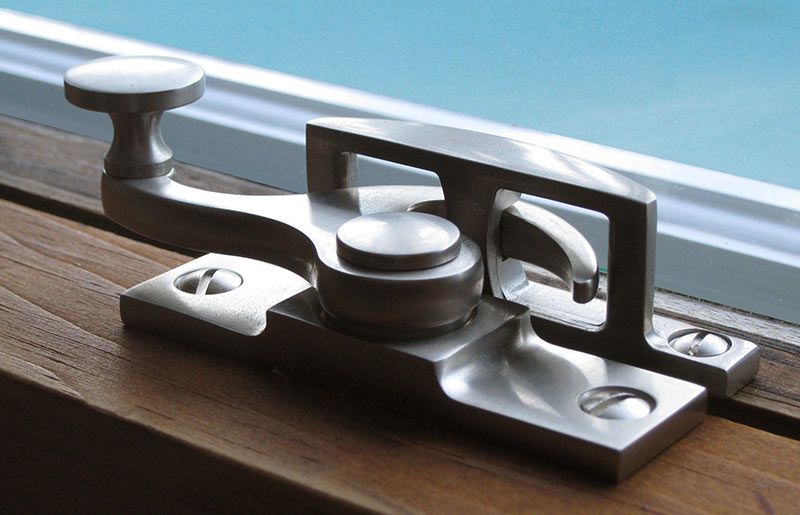
Certainly! Here are some additional details about sash locks:
Types of Sash Locks:
There are different types of sash locks available, including cam-action sash locks, sliding bolt sash locks, and spring-loaded sash locks. These variations offer different mechanisms for engaging and disengaging the lock.
Materials:
Sash locks are typically made of durable materials such as brass, zinc, steel, or aluminum. The choice of material can affect the lock’s strength, longevity, and resistance to corrosion.
Keyed and Non-Keyed:
Sash locks can be either keyed or non-keyed. Keyed sash locks provide an additional level of security by requiring a key to unlock and open the window. Non-keyed sash locks can be operated without a key, usually by turning a knob or lever.
Installation:
Sash locks are usually installed on the meeting rails of double-hung windows, where the two sashes come together when closed. They are typically installed with screws and may require drilling pilot holes for proper attachment.
Operation:
To engage a sash lock, the latch or catch mechanism is aligned with the strike plate or receiver on the opposite sash. The latch is then pushed or rotated into the strike plate until it securely locks the two sashes together. Disengaging the lock involves releasing the latch from the strike plate, allowing the sashes to move independently.
Maintenance:
Sash locks require periodic maintenance to ensure smooth operation. This can include cleaning the lock mechanism, lubricating moving parts with a suitable lubricant, and tightening any loose screws or fittings.
Additional Security Measures:
While sash locks provide a level of security, additional security measures such as window bars, security film, or window sensors can be used in combination with sash locks for enhanced protection.
Regulations and Standards:
Depending on the location and building codes, specific regulations or standards may govern the type and installation of sash locks. It’s important to check local regulations and adhere to any requirements when selecting and installing sash locks.
Remember to consult the manufacturer’s instructions and guidelines for specific details on the operation, maintenance, and installation of the sash lock you are using.